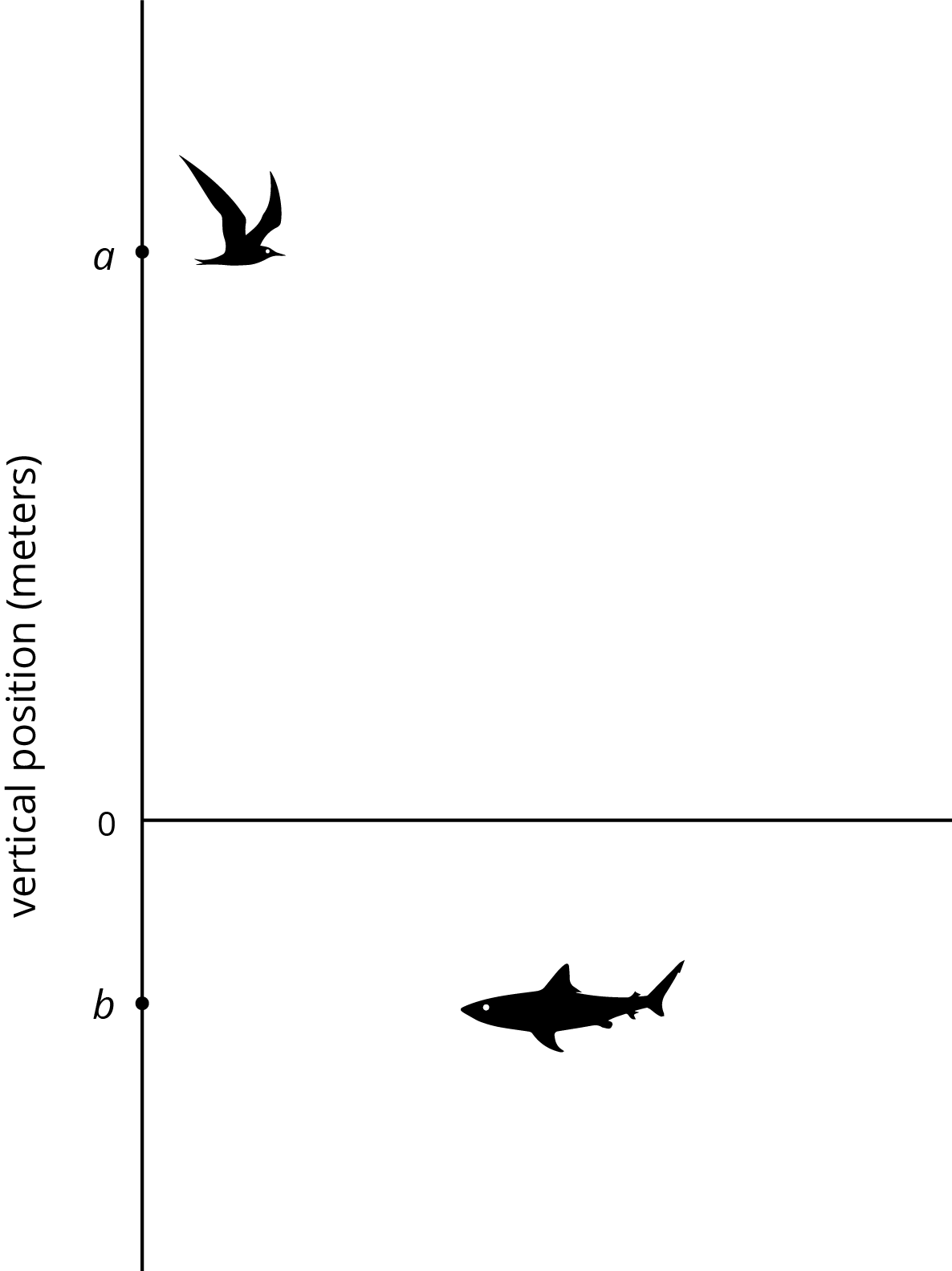We can represent sums, differences, products, and quotients of rational numbers, and combinations of these, with numerical and algebraic expressions.
Sums:
\frac12 + (\text-9)
\text-8.5 + x
Differences:
\frac12 - (\text-9)
\text-8.5 - x
Products:
(\frac12)(\text-9)
\text-8.5x
Quotients:
(\frac12)\div(\text-9)
\frac{\text-8.5}{x}
We can write the product of two numbers in different ways.
- By putting a little dot between the factors, like this: \text-8.5\boldcdot x.
- By putting the factors next to each other without any symbol between them at all, like this: \text-8.5x.
We can write the quotient of two numbers in different ways as well.
- By writing the division symbol between the numbers, like this: {\text-8.5}\div{x}.
- By writing a fraction bar between the numbers like this: \frac{\text-8.5}{x}.
When we have an algebraic expression like \frac{\text-8.5}{x} and are given a value for the variable, we can find the value of the expression. For example, if x is 2, then the value of the expression is -4.25, because \text-8.5 \div 2 = \text-4.25.
